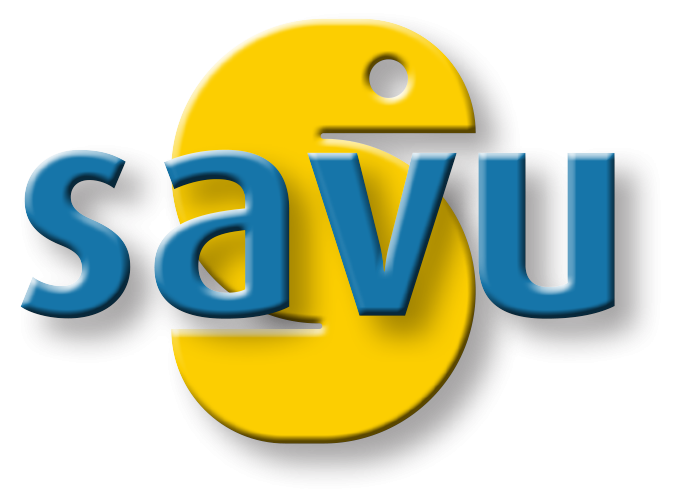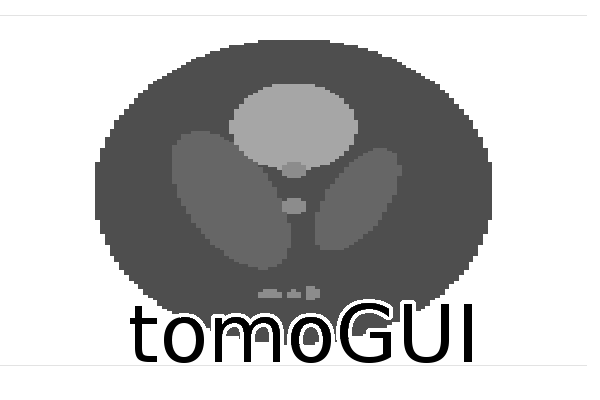Software

Savu
Savu is a Python package to assist with the processing and reconstruction of parallel-beam tomography data. The project originated in the Data Analysis Group at the Diamond Light Source (UK synchrotron) to address the growing, and increasingly complex, needs of the tomography community. Designed to allow greater flexibility in tomography data processing, Savu is capable of processing N-dimensional full-field tomography and mapping tomography data, along with concurrent processing of multiple datasets such as those collected as part of a multi-modal setup. Savu process lists, tailored to a specific experiment and passed to the framework at runtime along with the data, detail the processing steps that are required. A Savu process list is created using the Savu configurator tool, which stacks together plugins chosen from a repository. Each plugin performs a specific independent task, such as correction, filtering, reconstruction. For a list of available plugins see plugin API. Savu is currently in use across the tomography beamlines at Diamond to reconstruct both full-field tomography data and multi-modal, mapping tomography data.

silx
The silx project aims at providing a collection of Python packages to support the development of data assessment, reduction and analysis applications at synchrotron radiation facilities. The purpose is to deliver reading/writing of different file formats, data reduction routines and a set of Qt widgets to browse and visualize data.
simex_platform
simex_platform is a python library to facilitate setup, execution, and analysis of simulations of experiments at advanced laser light sources. As an example, consider a molecule radiated by highly brilliant, ultrashort x-ray pulses such as delivered by an X-Ray Free Electron Laser (X-FEL). The simulation platform allows to combine tools and codes for the simulation of each step of the experiment: Generation of radiation in the photon source, propagation through optics and waveguides to the interaction point, photon-matter interaction, scattering of the radiation into the far field and detection of the latter. The platform provides slots and interfaces for the various simulation steps.

tomogui
Graphical user interface for tomography reconstruction. Handle - FBP (based on silx FBP) - ART transmission and fluorescence (based on freeart)

tomwer
Tomwer is offering tools to automate acquisition and reconstruction processes for Tomography. It contains: - a library to access each acquisition process individually - gui and applications to control main processes (reconstruction, data transfert...) and execute them as a stand alone application. - an orange add-on to help users defining their own workflow (http://orange.biolab.si)
X-SOCS
The X-ray Strain Orientation Calculation Software (X-SOCS) is a user-friendly program, which has been developed at ID01 for analysis of the spec-file and images recorded during continuous mapping measurements. X-SOCS aims at retrieving strain and tilt maps of nanostructures, films, surfaces or even embedded structures. It offers the opportunity to get preliminary results directly at the beamline giving the user the opportunity to adapt the planning of the experiments and the measurements with respect to this first set of results. This is of particular importance for the application of such fast scanning methods to in operando studies at high temperatures or in gas or liquid environments.
XDSAPP
XDSAPP is a graphical user interface for the processing of diffraction data sets using XDS. It automates the data hadling and generates graphical plots of various data set statistics provided by XDS and other programs. By incorporating additional software, further information on certain features of the data set, such as radiation decay or the presence of pseudo-translational symmetry and/or twinning is provided. Intensity files suitable for CCP4, SHELX and CNS are automatically generated.
xraylib
Quantitative estimate of elemental composition by spectroscopic and imaging techniques using X-ray fluorescence requires the availability of accurate data of X-ray interaction with matter. Although a wide number of computer codes and data sets are reported in literature, none of them is presented in the form of freely available library functions which can be easily included in software applications for X-ray fluorescence. This work presents a compilation of data sets from different published works and an xraylib interface in the form of callable functions. Although the target applications are on X-ray fluorescence, cross sections of interactions like photoionization, coherent scattering and Compton scattering, as well as form factors and anomalous scattering functions, are also available. xraylib provides access to some of the most respected databases of physical data in the field of X-rays. The core of xraylib is a library, written in ANSI C, containing over 40 functions to be used to retrieve data from these databases. This C library can be directly linked with any program written in C, C++ or Objective-C. Furthermore, the xraylib package contains bindings to several popular programming languages: Fortran 2003, Perl, Python, Java, IDL, Lua, Ruby, PHP and .NET, as well as a command-line utility which can be used as a pocket-calculator. Although not officially supported, xraylib has been reported to be useable from within Matlab and LabView. The source code is known to compile and run on the following platforms: Linux, Mac OS X, Solaris, FreeBSD and Windows. It is very likely that xraylib will also work on other platforms: we would be grateful if you would report your successes in this regard. Please note that not all of the bindings are currently working on all platforms. A paper was published concerning xraylib by A. Brunetti, M. Sanchez del Rio, B. Golosio, A. Simionovici and A. Somogyi, “A library for X-ray matter interaction cross sections for X-ray fluorescence applications”, Spectrochimica Acta B 59 (2004) 1725-1731. This paper was recently superseded by a new manuscript, covering all features of xraylib upto version 2.15.0, written by T. Schoonjans, A. Brunetti, B. Golosio, M. Sanchez del Rio, V. A. Solé, C. Ferrero and L. Vincze, named "The xraylib library for X-ray—matter interactions. Recent developments". You are kindly requested to include this paper in the reference list of your published work when you would decide to use xraylib for scientific purposes.
xrt
xrt (XRayTracer) is a python software library for ray tracing and wave propagation in x-ray regime. It is primarily meant for modeling synchrotron sources, beamlines and beamline elements. Includes a GUI for creating a beamline and interactively viewing it in 3D.
- ← Previous
- 1
- 2
- 3
- 4
- Next →

